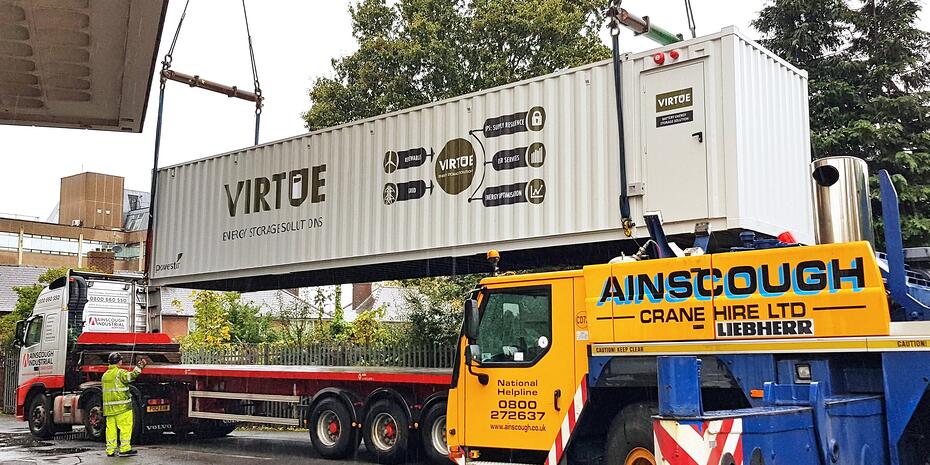
As a seller on Amazon, it is important to pay close attention to performance metrics in order to maintain a successful presence on the platform. Amazon evaluates various metrics related to customer service and satisfaction, which can significantly impact a seller's account performance and potential to win the buy box. In this blog post, we will explore the key performance metrics that Amazon tracks, and discuss how sellers can avoid trouble and improve their overall performance.
Order Defect Rate:
The Order Defect Rate metric measures the percentage of orders that fall into a "defect" category. Sellers must ensure that no more than 1% of their orders result in defects. This metric combines three measures, emphasising the importance of delivering high-quality products and providing excellent customer service.
To improve Order Defect Rate:
Maintain high-quality products: Run an honest business with legitimate, high-quality products to ensure customer satisfaction. If you use FBA, ensure reliable service and source products of good quality with suitable packaging.
Review customer feedback regularly: Amazon removes feedback that is a product review or solely related to FBA issues. Understand the rules and take appropriate action accordingly.
Negative Feedback Rate:
The Negative Feedback Rate assesses the number of orders that receive negative feedback divided by the total number of orders within a specific timeframe. Negative feedback can significantly impact a seller's reputation and customer trust. It is crucial to address customer concerns promptly and provide satisfactory resolutions to minimise negative feedback.
To improve Negative Feedback Rate:
Communicate with customers: Address customer issues promptly and work towards resolving them, even if the customer's demands seem unreasonable. Customer communication is key to preventing negative feedback.
Be prepared for fraudulent claims: Occasionally, customers may attempt to cheat sellers. Handle such situations reasonably but be aware that customers can escalate the issue to Amazon. Provide clear explanations of your actions and attempts to resolve the matter.
A-to-Z Claim Rate:
The A-to-Z Guarantee claim rate measures the number of orders that result in A-to-Z Guarantee claims, divided by the total number of orders. A-to-Z claims occur when customers are dissatisfied with the product or cannot resolve an issue with the seller directly. Sellers should strive to minimise A-to-Z claims by actively resolving customer problems and ensuring clear communication.
To minimise A-to-Z claims:
Communicate effectively: Address customer concerns promptly and provide satisfactory resolutions. Clear communication can help prevent customers from escalating issues to A-to-Z claims.
Ensure clear policies: Clearly state your return and refund policies on your product listings to manage customer expectations and minimise claims.
----

Supercharge your Amazon seller performance with Lesley Hensell's exclusive talk at the upcoming Amazon Conference. Gain invaluable insights on harnessing Seller Central data and aligning with Amazon's performance goals to boost your profits and attract loyal customers. Don't miss out on this game-changing opportunity. Register now to secure your spot and take control of your Amazon journey.
----
Cancellation Rate:
The Cancellation Rate measures the proportion of orders that the seller cancels before being ship-confirmed. High cancellation rates indicate poor inventory management or pricing errors. Sellers should accurately track their available inventory and promptly update listings to avoid cancelling orders. Multiple cancellations can lead to negative feedback and penalties from Amazon.
To reduce cancellation rates:
Utilise FBA for inventory management: Consider using FBA for all of your products to ensure accurate real-time inventory tracking. If you don't use FBA for all of your products, post realistic inventory levels on Amazon and monitor inventory closely.
Improve inventory management: Implement robust systems to track inventory levels and avoid overselling. Regularly update listings and promptly remove products that are out of stock.
Late Shipment Rate:
The Late Shipment Rate evaluates the percentage of orders with shipment confirmations completed after the expected ship by date. Timely order fulfilment is crucial for maintaining customer satisfaction. Sellers should aim to confirm shipments by the expected ship by date to minimise customer claims, negative feedback, and inquiries.
To improve Late Shipment Rate:
Cross-train staff: Train multiple team members to handle order fulfilment to accommodate sudden increases in orders or staff shortages.
Consider using FBA during peak periods: During peak periods, consider moving some products to FBA to benefit from Amazon's expertise in handling increased demand and ensuring timely shipments.
Refund Rate:
The Refund Rate tracks the proportion of orders that result in refunds. High refund rates may indicate low product quality or manufacturing issues. Monitoring refund rates allows sellers to identify potential problems and take necessary actions to address them promptly.
To manage refund rates:
Improve product quality: Ensure that the products you sell meet high-quality standards. Address any quality or manufacturing issues promptly to minimise refunds.
Provide accurate product descriptions: Clearly and accurately describe your products to manage customer expectations and reduce the likelihood of refunds due to misrepresentation.
In conclusion, maintaining a clean business and prioritising customer satisfaction is essential for success as an Amazon seller. By adhering to Amazon's policies, providing excellent customer service, and proactively addressing performance metrics, sellers can improve their account performance and reputation on the platform.
Want to learn how to maintain your Amazon Seller Performance? Meet Lesley Hensell from Riverbendconsulting at our Amazon Conference in October. Register your ticket today.









